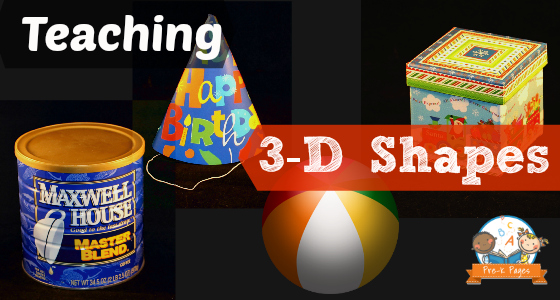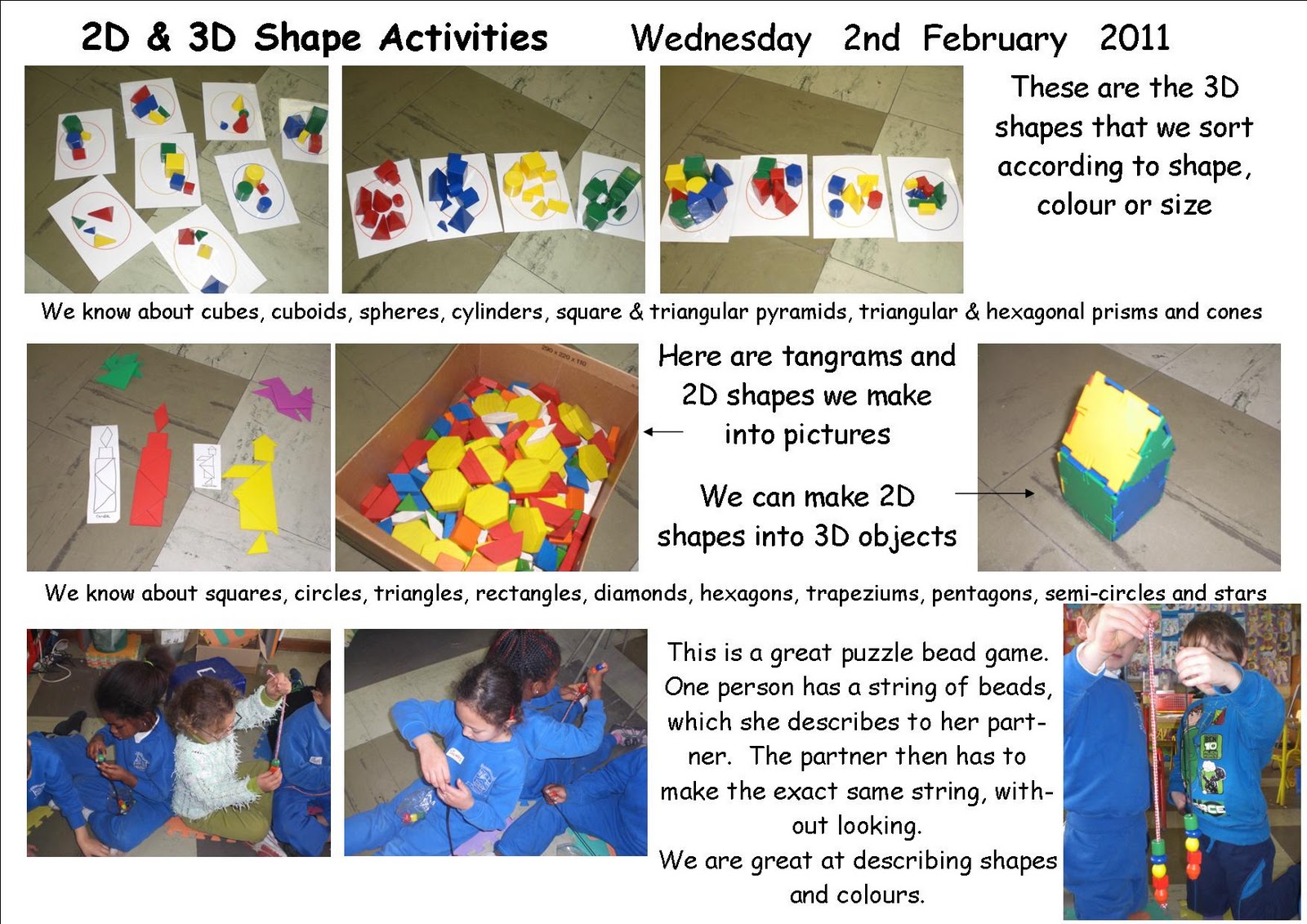
Students will learn the basic properties of waves and light.

In this lesson, students will learn how they can protect themselves against the harmfulness of ultraviolet (UV) radiation and interactions of light. Whether it be living in a sunny place, vacation, or just laying on your porch tanning in the summer, students are constantly being exposed to the sun’s harmful radiation. Students should be given an opportunity to literally get their hands around familiar three dimensional forms to best see and understand the difference between 2D and 3D shapes.Featured Activity: Don’t Get Burnt (.pdf, 2.2mb) The one common theme among these different suggestions is object lessons. Students can be given time to play with a large beach ball or small bouncy balls while requiring that they call the balls “spheres” to help reinforce the idea that these familiar objects are also three-dimensional shapes. As for spheres, balls of different sizes can be used in a variety of outdoor games. Requiring that they call the bricks “cubes” rather than bricks will help reinforce the new terminology of the three dimensional lesson. Giving students time to work with the bricks will allow them to feel and consider the nature of three dimensional shapes. Students can stack and build these to construct various spaces throughout the classroom. Large paper building bricks are available at many teacher supply stores and serve as a great demonstration for cubes. Toblerone candy bars as a possible three dimensional triangular shape Getting Active with 3D ShapesĪnother approach to teaching students three-dimensional shapes is to use large items that demonstrate shapes such as spheres and cubes.Donut holes or ball-shaped yogurt snacks for spheres.Pretzel Combos, marshmallows, or cheese sticks for cylinders.Here are some possible suggestions for 3D Food:
Pre k 3d shape lesson plans how to#
For this activity, teachers will need to be very open-minded and creative in how to teach children about three dimensional shapes as they will need to shop for foods that match this lesson. Most kids love activities which include food, especially if they get to eat it. a soup can would be identified as a cylinder.

Ideally, one bag per student helps to reinforce this lesson with the entire class, but a sample selection can work well, too. In preparation for this lesson, teachers should find examples of different three dimensional shapes and place them inside paper bags. 3D Shape Grab BagĪ fun way to introduce the various three dimensional shapes to a class is through the use of mystery bags.


This confusion continues through early elementary education for many students as the terms and definitions of 3D shapes are nearly foreign to them. Toddler toy shape sorters, for instance, use three dimensional shapes such as cylinders in an effort to teach basic two dimensional shapes like circles. In fact, some of the tools used to teach the basic 2D shapes are in fact three dimensional objects. From before children are even in school they are taught the shapes of circles, squares, triangles and rectangles, but much less time is spent on spheres, cones, pyramids and cubes. The biggest hurdle in figuring out how to teach children about three dimensional shapes is getting them to think beyond the flat surface


 0 kommentar(er)
0 kommentar(er)
